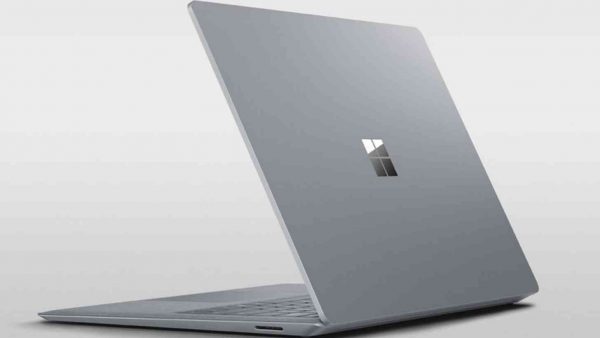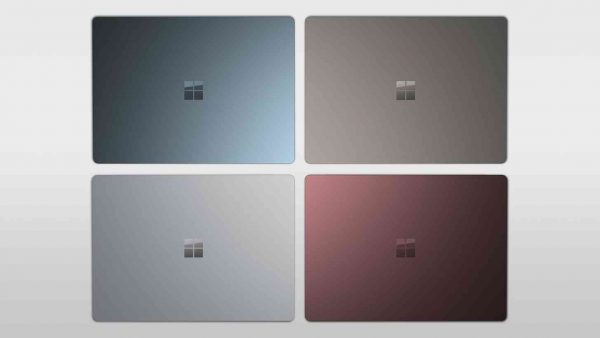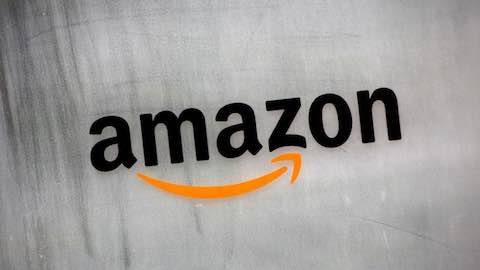The Surface Laptop is not a Chromebook competitor; it’s a league of its own

If you’re one of the many people eagerly waiting for the release of the Surface Pro 5, Surface Book 2, or (dare I say it) Surface Phone, then you may have been disappointed with Microsoft’s even this morning. On the other hand, maybe you weren’t. While Microsoft’s event didn’t reveal any of the aforementioned gadgets, it did unveil something new: the Surface Laptop.
Previously expected to be a Chromebook competitor, the Surface Laptop doesn’t seem to be anything of the sort. The Surface Laptop takes on a more traditional clamshell design, taking away the typical 2-in-1 form factor associated with the Surface brand before now. The device runs on Windows 10 S, which is more web-focused than anything. Windows 10 lite, if you will.
Traditional form factor? Windows 10 lite? Sounds like a Chromebook competitor all right, but with a price point of $999 and more to explore underneath the surface (hurr hurr), we find that the new Surface Laptop is indeed in a league of its own.
First, let’s talk specs. The base-model Surface Laptop features a 13.5-inch PixelSense LCD touchscreen display with a 3:2 aspect ratio, 7th gen Intel Core i5 processor, 4GB of RAM, and 128GB SSD. The most advanced model will feature a 7th generation Intel Core i7 processor and 1TB PCIe SSD. Microsoft claims that the Surface Laptop has up to 14.5 hours of battery life, which is impressive considering the specs and thin ultrabook form-factor. The Surface Laptop also works with the Surface Dial and surprisingly the Surface Pen as well.
On the design front, the Surface Laptop may be traditional when it comes to its clamshell design, but it still features familiar Surface-esque design elements. The device features an aluminum finish, and the keyboard is the same unique touch cover keyboard showcased in the Surface Pro line. Surface Laptop features a tapered design that ranges from 9.9mm in the front to 14.47mm in the back, and weighs in at just 2.76 pounds. It comes in an array of colors such as Platinum, Graphite Gold, and more unique colors such as Cobalt Blue and Burgundy.
While the Surface Laptop seems like it offers a lot, it almost seems pointless by running on the simpler Windows 10 S. The Surface Laptop was, without question, created with students in mind. Focusing more on battery life and impressive speeds, Windows 10 S is what makes this possible. On the other hand, if Windows 10 S isn’t enough, the Surface Laptop supports upgrades to Windows 10 Pro.
The ability to use both the Surface Pen and Dial additionally make this a unique product for the market. Naturally, the Pen will have its limitations as the laptop is clamshell only – it doesn’t detach, flip, or do anything that would otherwise confuse it for a 2-in-1. The same could be said for the Dial, which was designed with creators in mind, but still has usefulness outside of the creator space.
The premium price is what makes me stop and question whether the Surface Laptop is a good value or not. I’m no stranger to the Surface line – I’m typing this on a Surface Book right now. I’m also a fan of Chromebooks, so the thought of Microsoft coming out with a competitor was an intriguing concept to me. However, I don’t think that’s what this was really about. Chromebooks will undoubtedly continue to rule the grade school sectors with their affordable price tag, but its limitations are often too much for the demands of college. I’ve stated in articles before that Chromebooks are more useful than I pegged them to be considering how much of my time on a computer is spent in a browser anyway, but there are still things I need a traditional laptop for. Between its slim and light form factor, long battery life on Windows 10 S, and its ability to upgrade to Windows 10 Pro if needed, the Surface Laptop seems like a good option for people looking for the best of both worlds. But is it really worth a grand?
For some it will be, but I have my doubts about how popular the laptop will actually be. Will Windows 10 S be enough for students? And when it isn’t, how many of them will actually bother to upgrade to Windows 10 Pro rather than simply swapping out for something like a MacBook, which is similarly priced and already set up with a full-fledged operating system? From my perspective, the Surface Laptop is appealing in most areas, but I think the price was at least $100 too high. Chromebook fans typically embrace the affordable aspect of those devices, and MacBook users tend to embrace macOS’s ease of use and Apple’s ecosystem. The Surface Laptop appears to have a hard time catering to either of these audiences, but time and real world usage will be the deciding factor for this surprising new member of the Surface line.
Pre-orders for the Surface Laptop will open today, and the device will arrive on June 15th.












